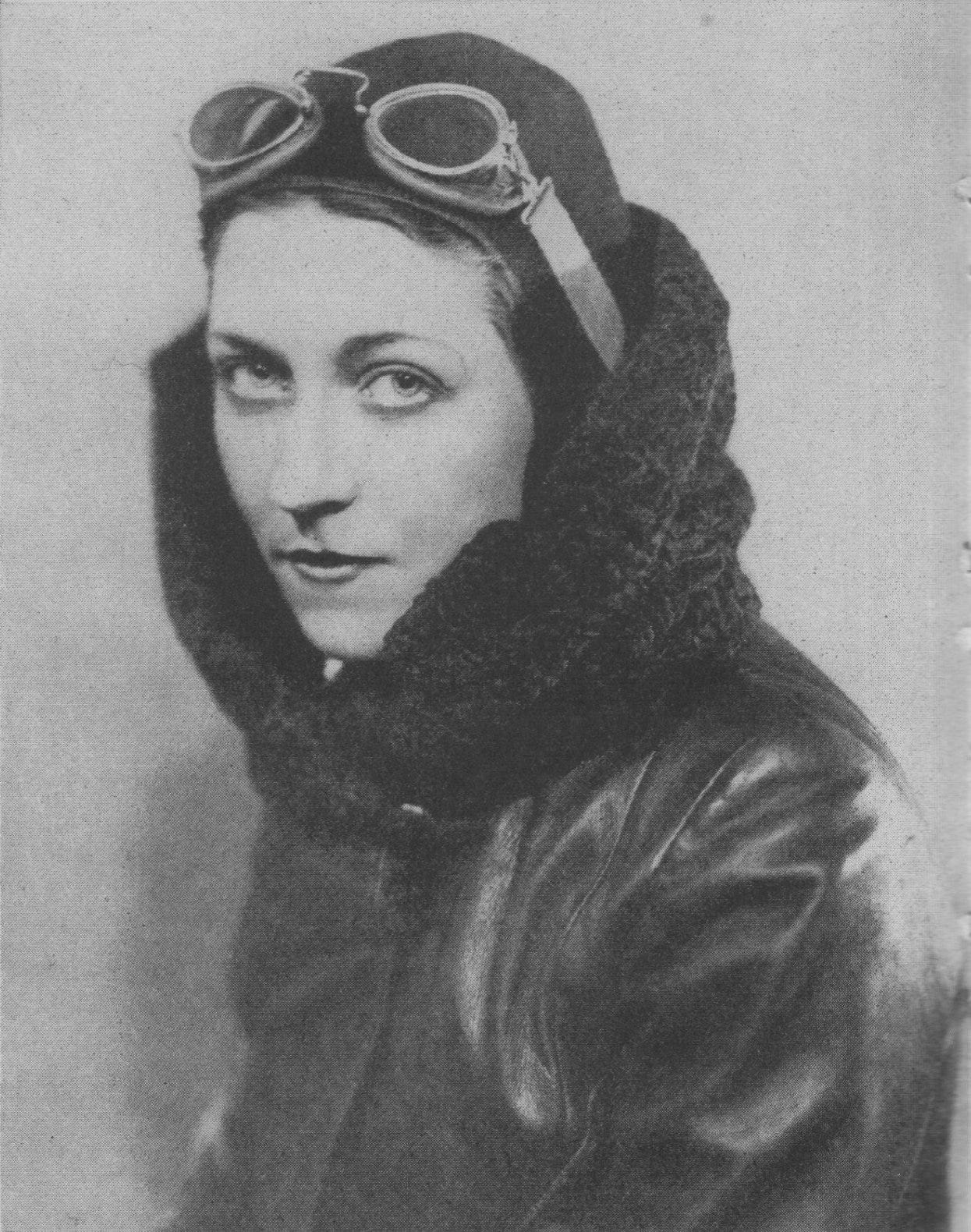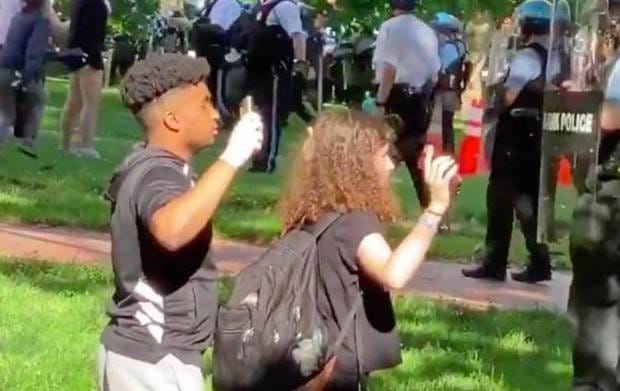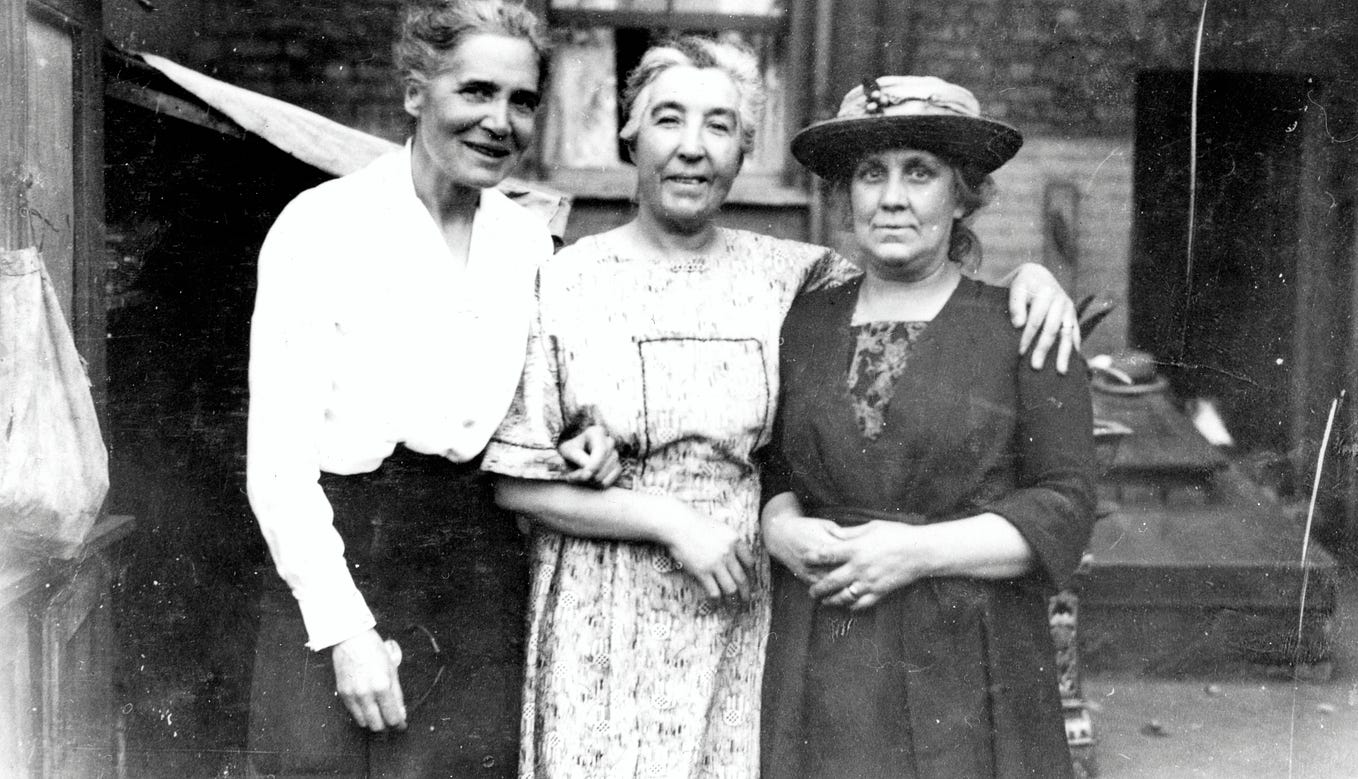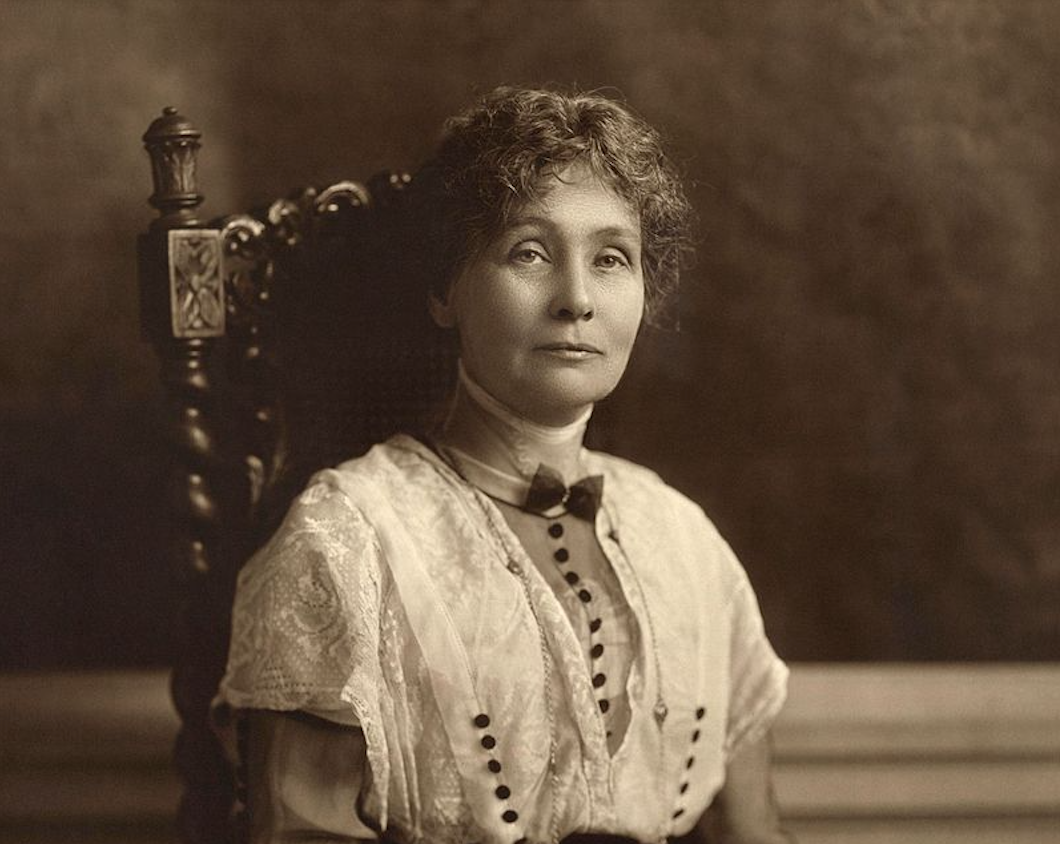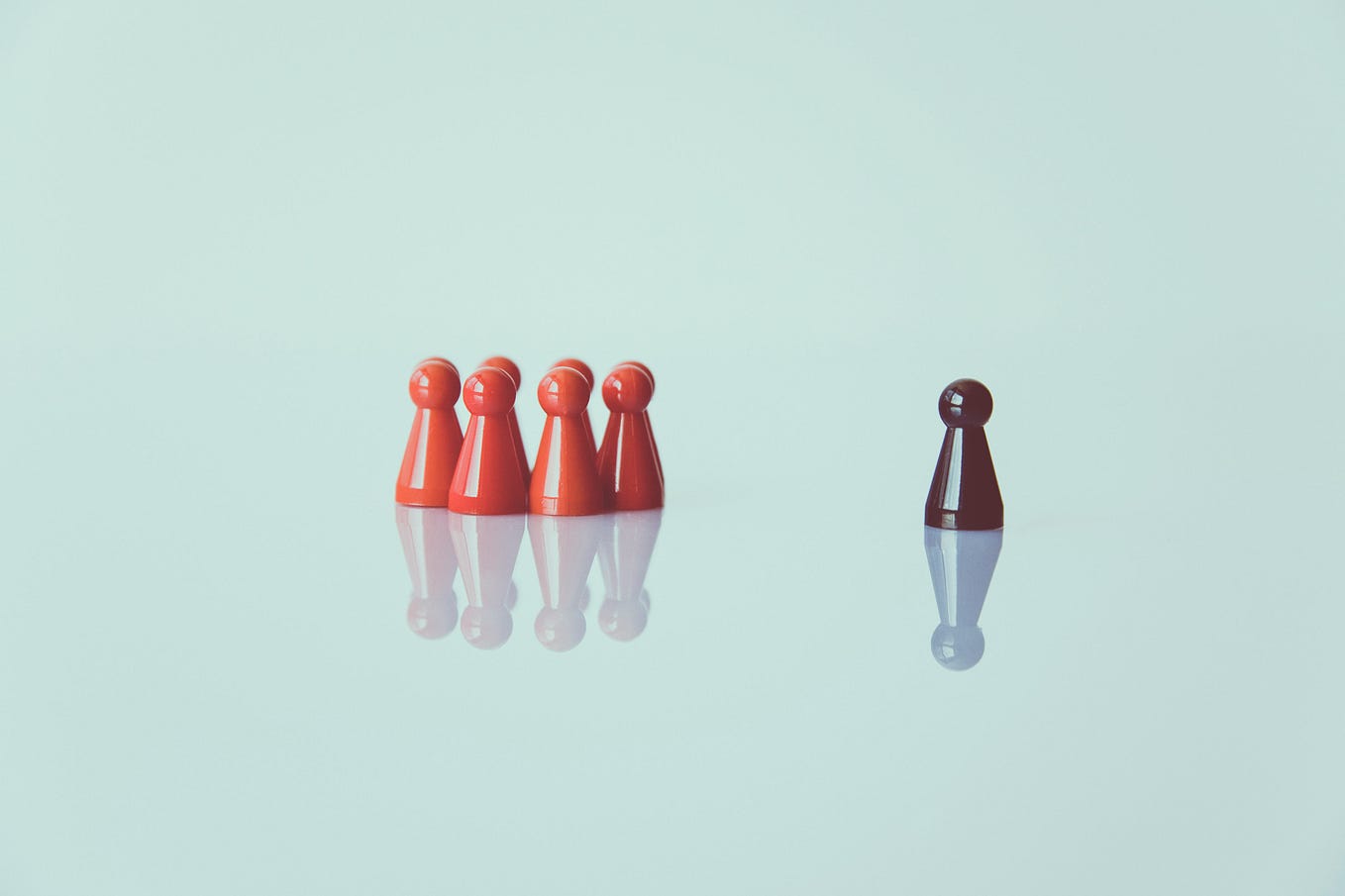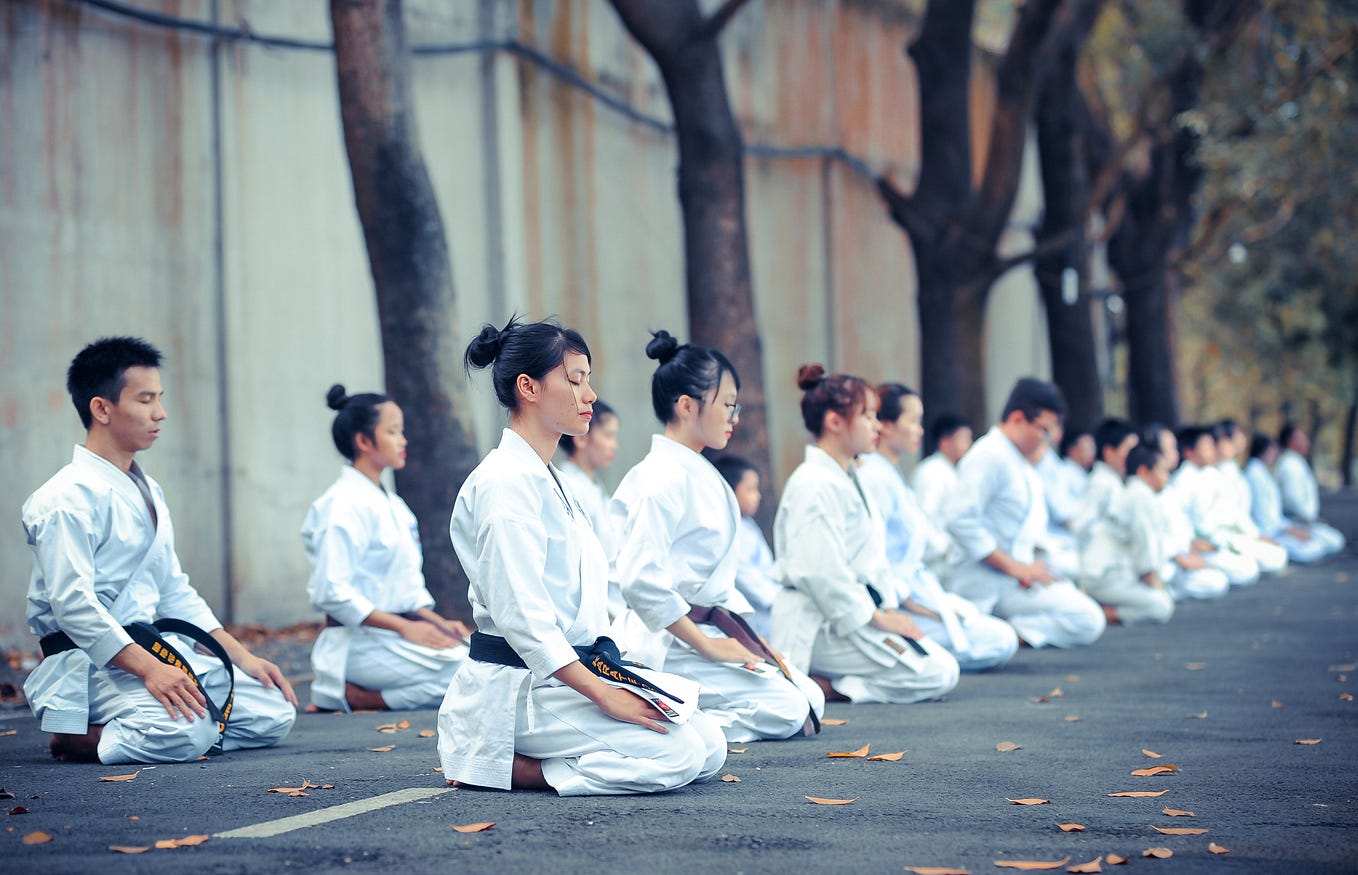Lesbian history — is it any of our business?
Lesbian and bi-sexual history is tangled up in societal and cultural constraints. As I tried to unpick it all, I often ended up asking myself: is what these women did in the bedroom any of my business?
Debate rages about the relationship between Mary Lobb and May Morris. Sean Curran describes their relationship as “visible queer history” and accuses museums of excluding LGBTQ heritage from mainstream narratives. However volunteer researchers for the Women Activists of East London project failed to find solid evidence to define their relationship.
The same could be said for Evalina Haverfield and her relationship with Vera “Jack” Holme. The volunteer exploring these women reported back with a heavy heart, saying, “is what they did in the bedroom really any of our business?”
This was a feeling I kept coming up against when exploring Victorian and Edward relationships between women. I wondered how I would feel if in 100 years time someone picked over my letters and diaries (or blogs and emails) trying to work out who I was sleeping with.
As we discuss in our latest podcast on queer women activists, in this era there wasn’t the language to describe non-normative relationships. The term lesbian and bi-sexual did not exist until much later. In the case of Eva Slawson, whose story we explore in the podcast, defining relationships may have been a struggle for her too. Her relationship with Minna Simmons was clearly profound, but in her diary she also expresses desire for men. Perhaps she was bi-sexual, or perhaps, like her politics, she was exploring new ideas and different ways of living outside of marriage.
It is important to recognise that same sex attraction has always existed, and is an indisputable part of our heritage. Yet we must avoid looking back with a modern lens and placing labels on individuals that they did not use themselves. We must accept that we do not know why Christabel Pankhurst never married, or what she thought of Annie Kenny. Or what Mary Leigh and Emily Wilding Davison felt, other than deep comradeship.
What we can celebrate is the personal radical acts these women took, such as the way both Vera Holme and Mary Lobb chose to dress. We should not under-estimate the scandal these decisions would have caused and the bravery involved in being themselves. And we should admire the women who had the guts to rejected the confines of Victorian marriage, when this was widely considered to be the main life goal for women. Eleanor Marx’s diaries and letters show how women struggled to establish careers, and the anguish experienced for choosing a life outside marriage.
Rather than picking apart the bedroom antics of some of our most important women, let’s commemorate their daily struggles of breaking with hetro-normative values. Doing so within a society bound by patriarchal traditions and hierarchies is a bold and radical act.
Women of the Gay Liberation Front and lesbian suffragettes launches on 31st July on the Rebel Women podcast. Subscribe where ever you get your podcasts http://eastlondonwomen.org.uk/podcast/

